elemintalshop
Sukkot 5 Agorot Israel Authentic Coin Money for Jewelry and Craft Making (Menorah)
Sukkot 5 Agorot Israel Authentic Coin Money for Jewelry and Craft Making (Menorah)
Couldn't load pickup availability
Israel Sukkot-coin 5 Agorot Authentic Coin Charm for Jewelry and Craft Making (Menorah)
Obverse
Replica of a coin from the fourth year of the war of the Jews against Rome depicting a lulav between two etrogim; the emblem of the State of Israel
Lettering:
שנת ארבע
ישראל
اسرائيل ישראל ISRAEL
Translation:
Year four
Israel
Israel Israel Israel
Reverse
Value and year
Lettering:
5
אגורות AGOROT
התשנ״ד
Translation: 5 Agorot 5754
Features
Issuer Israel
Period State of Israel (1948-date)
Type Non-circulating coin
Years 5746-5760 (1986-2000)
Calendar Hebrew
Value 5 Agorot (0.05 ILS)
Currency New Shekel (1986-date)
Composition Aluminium-bronze
Weight 6.6 g
Diameter 19.5 mm
Thickness 3 mm
Shape Round
Technique Milled
Orientation Medal alignment ↑↑
Demonetized 1 January 2008
Number N# 16079
References KM# P32
Wikipedia:
The four plants
The mitzvah of waving the four species derives from the Torah. In Leviticus, it states:
Leviticus 23:40 And you shall take on the first day the fruit of splendid trees, branches of palm trees and boughs of leafy trees and willows of the brook, and you shall rejoice before the LORD your God for seven days. English Standard Version
In Leviticus 23:40 the Hebrew terms for the four plants are:
‘êṣ hāḏār (עֵץ הָדָר), citrus trees
təmārîm (תְּמָרִים), palm trees
‘êṣ ‘āḇōṯ (עֵץ עָבֹת), thick/leafy trees
‘arḇê-nāḥal (עַרְבֵי נַחַל), willows of the brook/valley
In Talmudic tradition, the four plants are identified as:
etrog (אתרוג) – the fruit of a citron tree
lulav (לולב) – a ripe, green, closed frond from a date palm tree
hadass (הדס) – boughs with leaves from the myrtle tree
aravah (ערבה) – branches with leaves from the willow tree
Practice:
During the time of the Temple in Jerusalem, the waving ceremony (called na'anu'im – נענועים) was performed in the Holy Temple on all seven days of Sukkot, and elsewhere only on the first day. Following the destruction of the Temple, Rabbi Yohanan ben Zakkai ordered that the four species be waved everywhere on every day of Sukkot (except on Shabbat), as a memorial to the Temple.
To prepare the species for the mitzvah, the lulav is first bound together with the hadass and aravah (this bundle is also referred to as "the lulav") in the following manner: One lulav is placed in the center, two aravah branches are placed to the left, and three hadass boughs are placed to the right. (This order is the same for both right-handed and left-handed people.) The bundle may be bound with strips from another palm frond, or be placed in a special holder which is also woven from palm fronds.
Sephardic Jews place one aravah to the right of the lulav and the second aravah to its left, and cover them with the three hadass boughs—one on the right, the second on the left, and the third atop the lulav's spine, leaning slightly to the right. The bundle is held together with rings made from strips of palm fronds. Many Hasidic Ashkenazi Jews follow this practice as well.
In all cases, all of the species must be placed in the direction in which they grew. (For the etrog, this means that the stem end should be on the bottom and the blossom end on top; this is the direction in which the etrog begins to grow, though as it matures on the tree it usually hangs in the opposite direction.)
History
In old Jewish Eastern European communities, the Jews lived in cities far from fields, which then required substantial travel in order to purchase the four species. Often whole towns would have had to share them. The etrog especially was rare and thus very expensive. In Northern African communities, in Morocco, Tunis and Tangier, the communities were located closer to fields, but the etrog was still fairly expensive. There, instead of one per city, there was one per family. But in both areas, the community would share their etrogs to some extent.
Today, with improved transportation, farming techniques etc., more people have their own. An etrog can cost anywhere from $3 to $500 depending on its quality.
Reciting the blessing
The Tosher Rebbe of Montreal, Quebec, Canada, waving the four species during Hallel
To recite the blessing over the lulav and etrog, the lulav is held in one hand and the etrog in the other. Right-handed users hold the lulav in the right hand and the etrog in the left. The customs for those who are left-handed differ for Ashkenazim and Sephardim. According to the Ashkenazi custom, the lulav is held in the left hand, and according to the Sephardi custom, in the right hand.
According to Sephardi custom, the blessing is said while holding only the lulav and the etrog is picked up once the blessing is completed. According to Ashkenazi custom, before the blessing is said, the etrog is turned upside-down, opposite the direction in which it grows. The reason for these two customs is that the blessing must precede the performance of the mitzvah. Should all the species be held in the direction in which they grew, the mitzvah would be fulfilled before the blessing is recited.
After reciting the blessing, "Blessed are You, Lord our God, King of the universe, Who has sanctified us with His commandments, and commanded us to take the lulav" (the "Shehecheyanu" blessing is also recited the first time each year that one waves the lulav and etrog), the etrog is turned right side up (or picked up), and the user brings his or her two hands together so that the etrog touches the lulav bundle. The four species are then pointed and gently shaken three times toward each of the four directions, plus up and down, to attest to God's mastery over all of creation.
The waving ceremony can be performed in the [synagogue], or in the privacy of one's home or sukkah, as long as it is daytime. Women and girls may also choose to perform the mitzvah of waving the lulav and etrog, although they are not required by Halakha to do so. Because women are not required to perform this mitzva, some are of the opinion that Sephardi women do not need to recite the blessing.
The waving is performed again (though without the attendant blessings) during morning prayer services in the synagogue, at several points during the recital of Hallel.
Additionally, in the synagogue, Hallel is followed by a further ceremony, in which the worshippers join in a processional around the sanctuary with their four species, while reciting special supplications (called hoshaanot, from the refrain hosha na, "save us"). From the first through the sixth day of Sukkot, one complete circuit is made; on Hoshanah Rabbah, the seventh and last day of Sukkot, seven complete circuits are made. As the four species are not used on Shabbat, there are variant customs as to whether hoshaanot are said and a circuit made on that day.
Selecting the four species
Customers inspect the four species for sale in Jerusalem, 2014
While all mitzvot should be performed in the best manner possible, hiddur mitzvah (beautifying the mitzvah) especially applies to the four species. The halacha is explicit on what constitutes the "best" in each species. To that end, people will spend large amounts of money to acquire the most perfect etrog, the straightest lulav, and the freshest hadass and aravah. Usually a father will buy several sets of the four species to outfit his sons, as well
Another custom for hiddur mitzvah, depending on your custom of wrapping lulav and etrog, is to have more than two aravos and three haddasim.[citation needed] Some people have the custom to have as many as 40 extra haddassim and aravos.[citation needed]
Hiddur mitzvah applies to all mitzvot, but its absence does not impede the mitzvah from being performed. For the four species specifically, there is a further "technical" requirement of hadar (beauty), which does impede the mitzvah of the four species from being performed. Despite their similar names and details, these two requirements are distinct from one another.
Midrashic interpretations
Several explanations are offered as to why these particular species were chosen for the mitzvah. The Midrash[8] notes that the binding of the four species symbolizes our desire to unite the four "types" of Jews in service of God. An allusion is made to whether or not the species (or their fruits) have taste and/or smell, which correspond to Torah and good deeds. The symbolism is as follows:
The lulav has taste but no smell, symbolizing those who study Torah but do not possess good deeds.
The hadass has a good smell but no taste, symbolizing those who possess good deeds but do not study Torah.
The aravah has neither taste nor smell, symbolizing those who lack both Torah and good deeds.
The etrog has both a good taste and a good smell, symbolizing those who have both Torah and good deeds.
A second explanation[9] finds the four species alluding to parts of the human body. Each of the species or its leaves is similar in shape to the following organs:
Lulav – the spine
Hadass – the eye
Aravah – the mouth
Etrog – the heart
By binding them together for a mitzvah, the Jew shows their desire to consecrate their entire being to the service of God.
An additional reason for waving the four species in all directions alludes to the fact that all these species require much water to grow. The lulav (date palm) grows in watered valleys, hadass and aravah grow near water sources, and the etrog requires more water than other fruit trees. By taking these particular species and waving them in all directions, the Jew symbolically voices a prayer for abundant rainfall for all the vegetation of the earth in the coming year.
****************
Wikipedia:
The menorah (/məˈnɔːrə/; Hebrew: מְנוֹרָה [menoˈʁa]) is described in the Bible as the seven-lamp (six branches) ancient Hebrew lampstand made of pure gold and used in the tabernacle set up by Moses in the wilderness and later in the Temple in Jerusalem. Fresh olive oil was burned daily to light its lamps. The menorah was a symbol of both Judaism and Christianity since antiquity; in modern times it is considered solely a symbol of Judaism and is the emblem on the coat of arms of the modern state of Israel.
The menorah symbolized the ideal of universal enlightenment. The idea that the menorah symbolizes wisdom is noted in the Talmud, for example, in the following: "Rabbi Isaac said: He who desires to become wise should incline to the south [when praying]. The symbol [by which to remember this] is that… the Menorah was on the southern side [of the Temple]."
The seven lamps allude to the branches of human knowledge, represented by the six lamps inclined inwards towards, and symbolically guided by, the light of God represented by the central lamp. The menorah also symbolizes the creation in seven days, with the center light representing the Sabbath.
Share
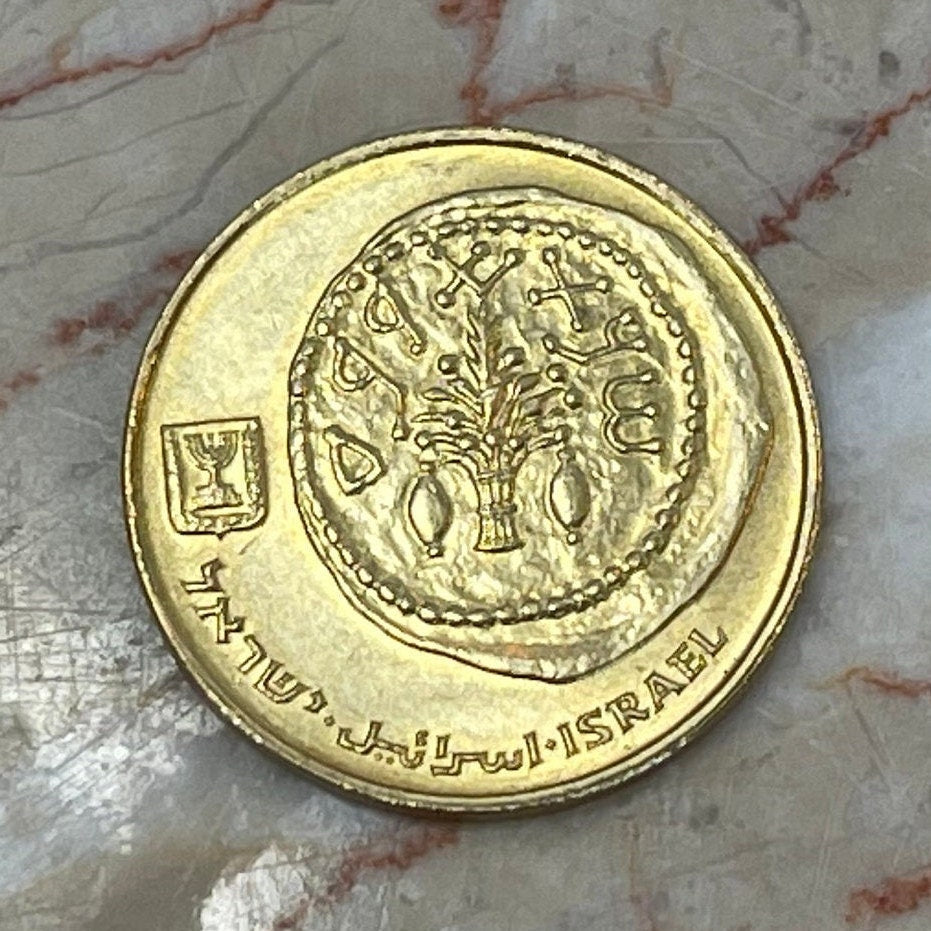
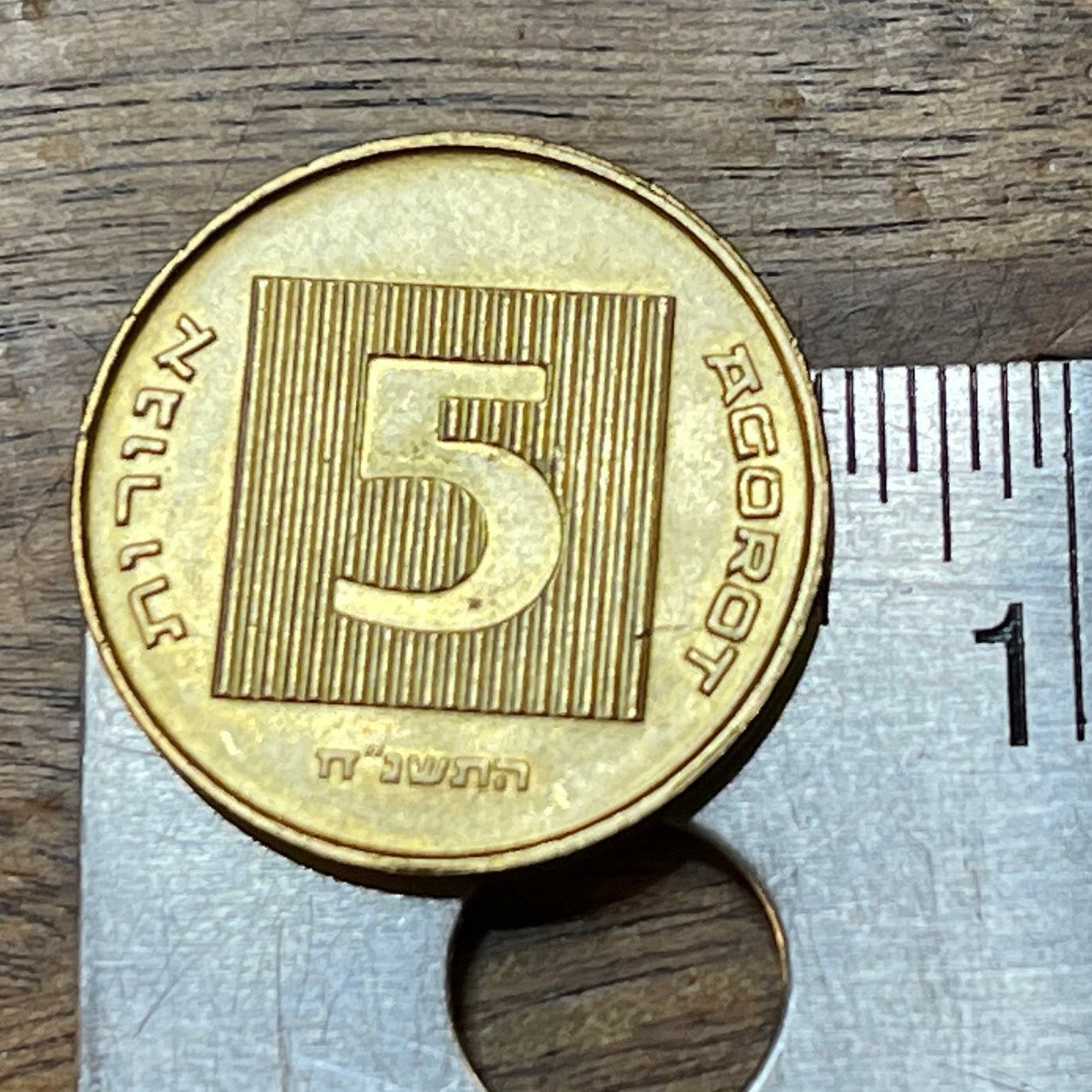
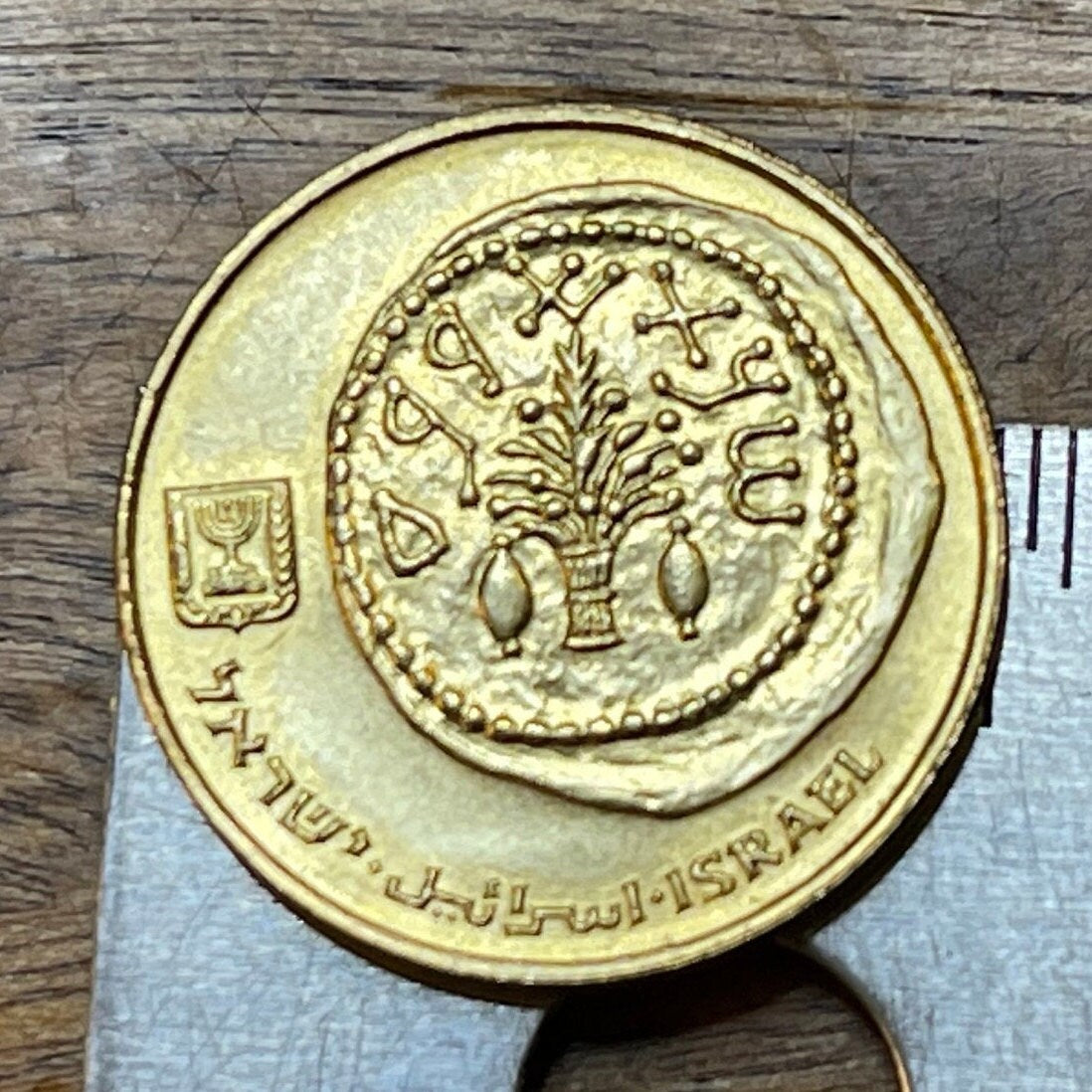
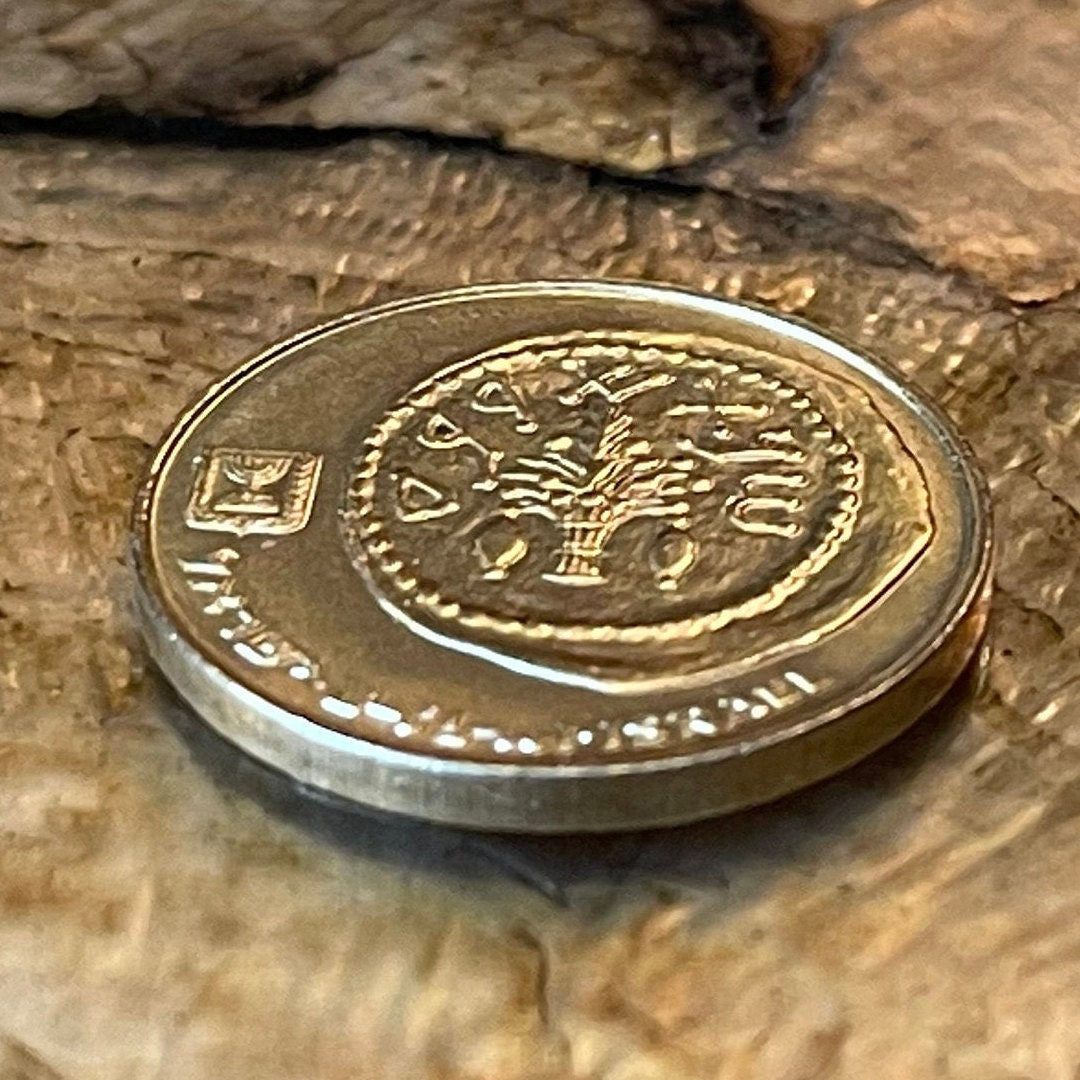
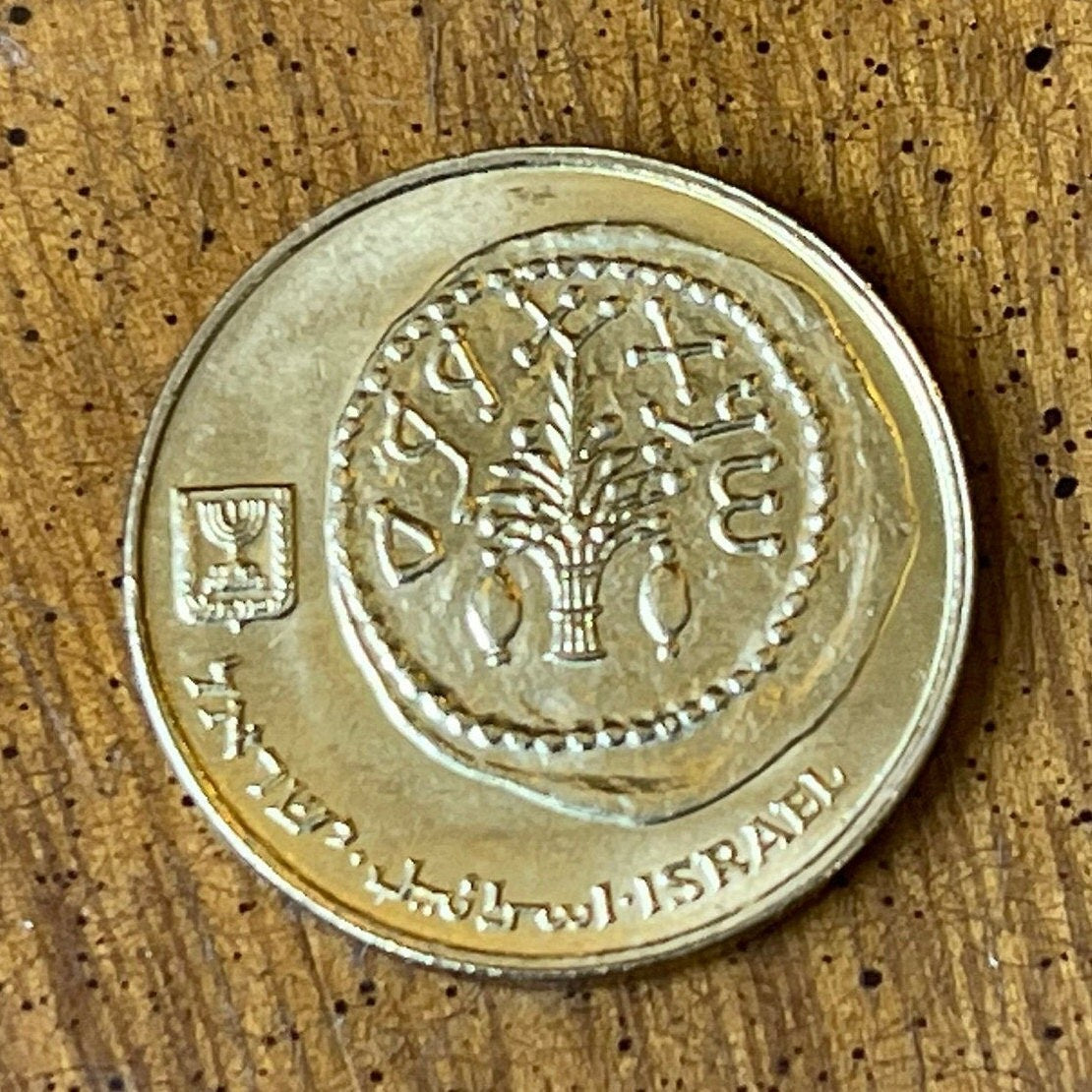
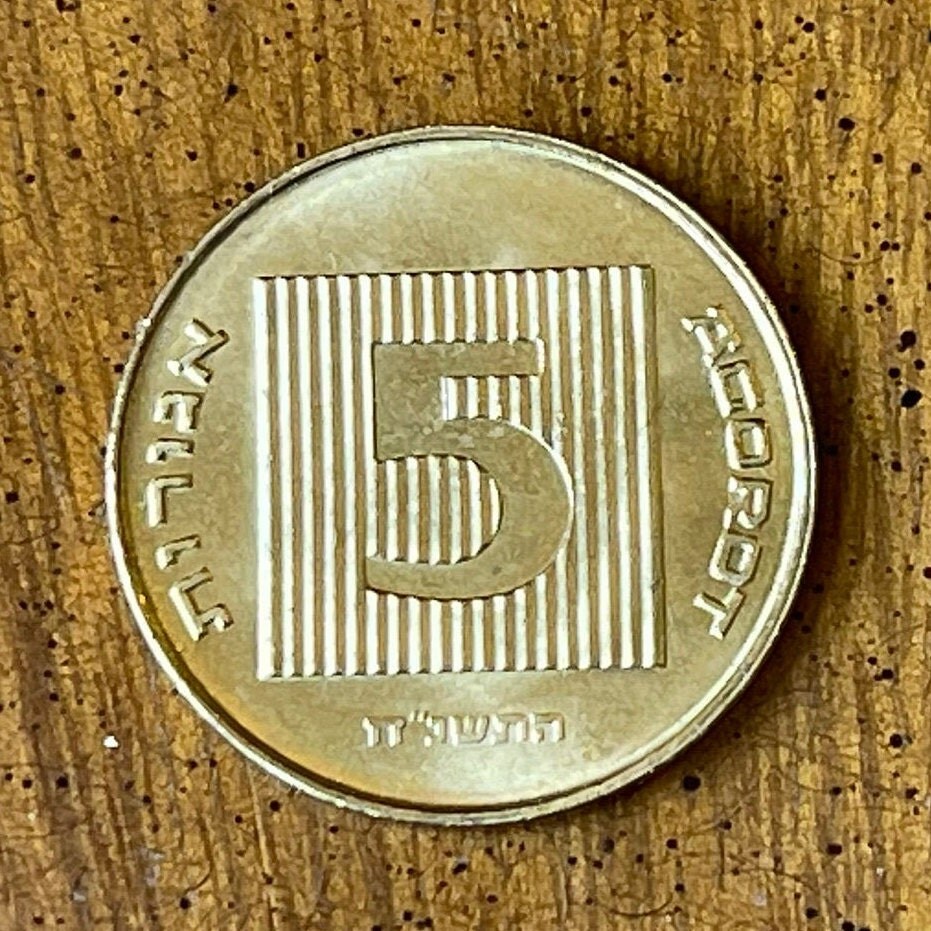
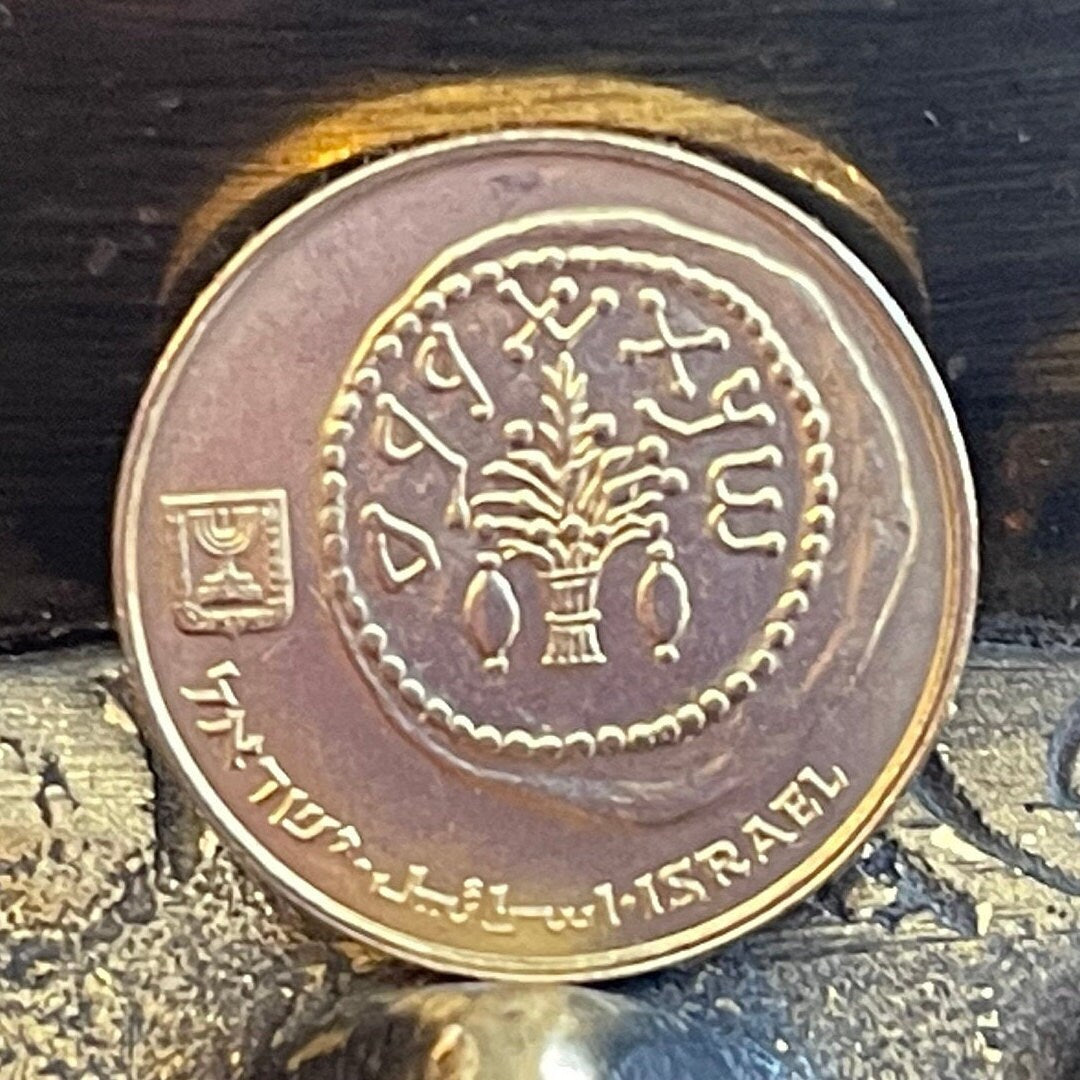
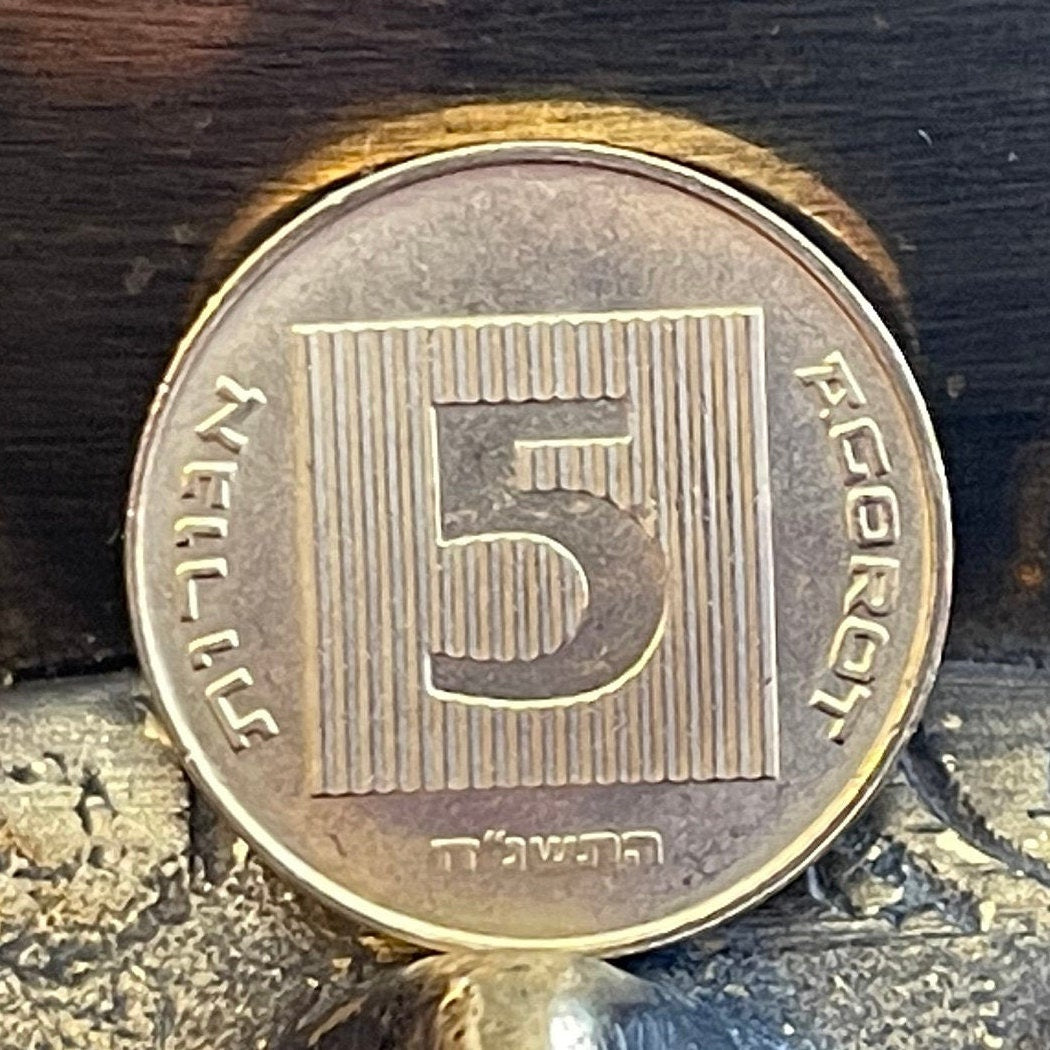


Very good quality, matched their description, and met my expectations completely.
Just as described. Thank you
Thank you!
5 stars review from Catherine
5 stars review from Molly









